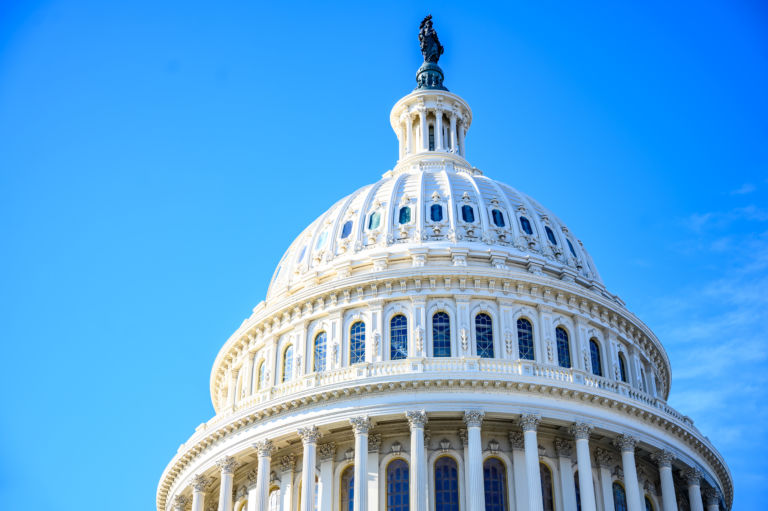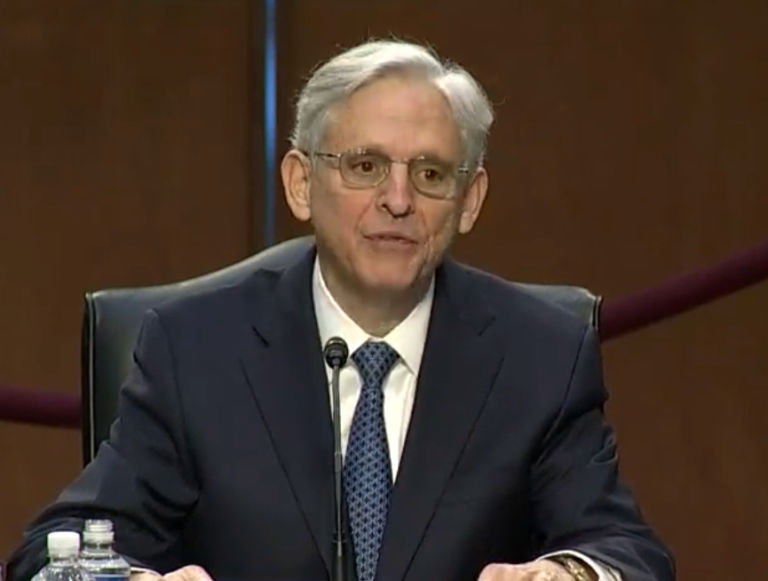Charles Fain Lehman reports for the Washington Free Beacon on recent data regarding marriage that might disturb you.
A recently released research brief reveals that trends in marriage by economic classes have sharply diverged, a marked change from just 40 to 50 years ago.
The brief, authored by Bradford Wilcox and Wendy Wang of the Institute for Family Studies, addresses marriage differences across American class divisions. The report considers three groups: the poor, defined as those with an adjusted family income below the 20th percentile or who are high school dropouts; the working class, who are between the 20th and 50th income percentiles or have anywhere from a high school degree to some college; and the “middle and upper class,” who have a college degree or an income greater than the 50th percentile.
Rates of marriage vary substantially across these class gaps. Just 26 percent of poor Americans age 18 to 55 are married. Thirty-nine percent of working-class Americans that age are married, and more than half—56 percent—of middle- and upper-class Americans are married.
Poor and working-class Americans are also more likely to be living out of a partnership, whether married or not. About six in 10 poor Americans are single, compared with five in 10 working-class Americans, and about four in 10 middle- and upper-class Americans.


